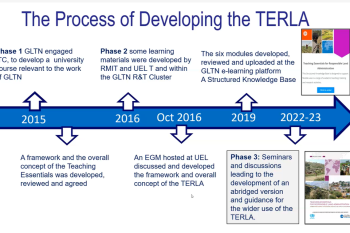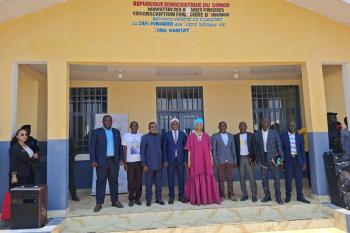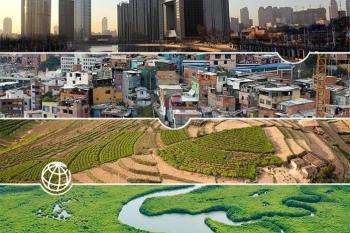
From landless to landowner in Nepal
At the age of 54, Ramkali Chaudhary had spent her entire life wondering what a land ownership certificate – Lalpurja in Nepali – looked like. As a member of the Tharu indigenous community in Nepal’s Dang district, she raised three children while tilling land that belonged to landlords, always living under the threat of eviction.
“At my age, I used to wonder: is the Lalpurja red or green? I had never seen one before,” Ramkali says.
For decades, she and her family lived in Kanchhi Tole of Lamahi Municipality without legal recognition of their presence. Every necessity – loans for family emergencies, fertilizer for crops, even electricity and water connections – required the land certificate she didn’t possess.
“For whatever we needed, they asked us to produce the Lalpurja, which we didn’t have,” she recalls. “Without it, everything was a struggle.”
The stigma of being labelled a “landless squatter” followed her everywhere. Despite operating the land for decades, she remained invisible in the eyes of the law.
“For the first time, we feel a sense of belonging, of ownership.”
“Every political party came to promise: ‘Give us your vote, we’ll get your land registered.’ But none of them kept their word,” she says.
Ramkali was astonished when officials came to her doorstep – not to evict her, as she had always feared, but to finally recognize her right to the land.
A verification process was carried out by local authorities, with technical support from UN-Habitat through a project funded by the Ministry of Agriculture, Food and Rural Affairs (MAFRA) of the Republic of Korea, and in collaboration with Nepal’s Ministry of Land Management, Cooperatives and Poverty Alleviation and local partners. By conducting this process directly in her community, families like hers were spared the long and costly trips to distant government offices.
Once the process was complete, local authorities returned to Kanchhi Tole to distribute land ownership certificates to 23 families. For Ramkali, receiving a certificate issued jointly in her name and her husband’s marked the end of decades of uncertainty and the beginning of secure land rights.
“Now, holding it in my hands, I feel so happy,” she says. “For the first time, we feel a sense of belonging, of ownership. Without security of land tenure, life was full of hardship, pain and humiliation. To those who helped us, we are deeply grateful.”
Holding the red-covered land ownership certificate, Ramkali finally learned its colour. To her, the certificate represents dignity and security after a lifetime of marginalization.


